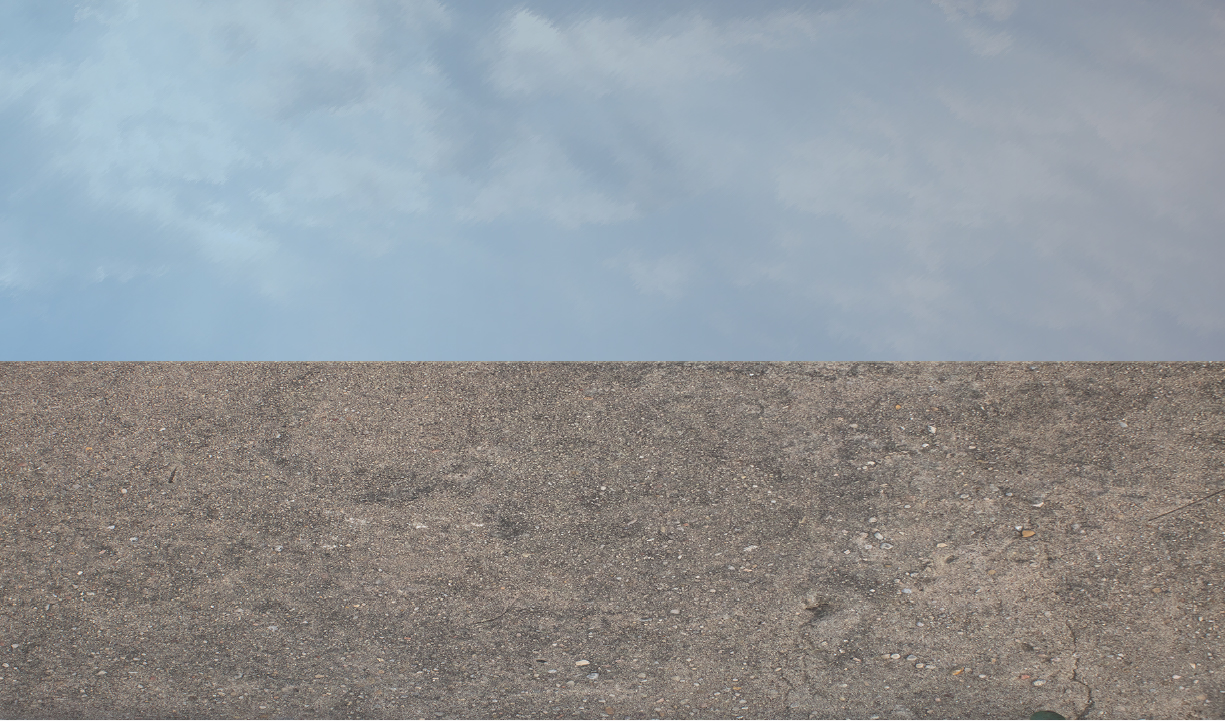
The stubborn presence of Hindu temples in Karachi, telling a quiet tale
of endurance, resistance and belonging
Temple run
Priya Pinjani Perwani
In Karachi—a city where public space increasingly reflects dominant narratives—the presence of Hindu temples tells a quieter tale: one of endurance, resistance, and belonging. Temple run is a digital mapping project that traces ten such temples across the city, which is predominantly, and often overwhelmingly, Muslim. Ranging in age from 80 to 1,500 years, these temples carry the aspirations and longings of a minority community that continues to persist.
Using panoramic imagery, the project records the affective and symbolic value of these sacred spaces. It explores how each temple interacts with its surroundings—how it meets the sky and the ground, the street and the courtyard, the other and the self. The sky suggests aspiration, divinity, and visibility; the ground carries memory, belonging, and weight. As the panoramic unfolds, temples are increasingly boxed in by the city—until the sky and ground are lost, and only fragments remain.
As a Hindu woman from Karachi, navigating complex layers of caste, class, and gender, Priya has long relied on discretion and invisibility to move through the city. These tools—expressed in language, attire, names, and symbols—also shaped how she approached these temples and used the camera: carefully, respectfully, and often invisibly.
Temple run invites you to reflect on what it means to remain—quietly but stubbornly—in spaces that no longer claim you as their own.